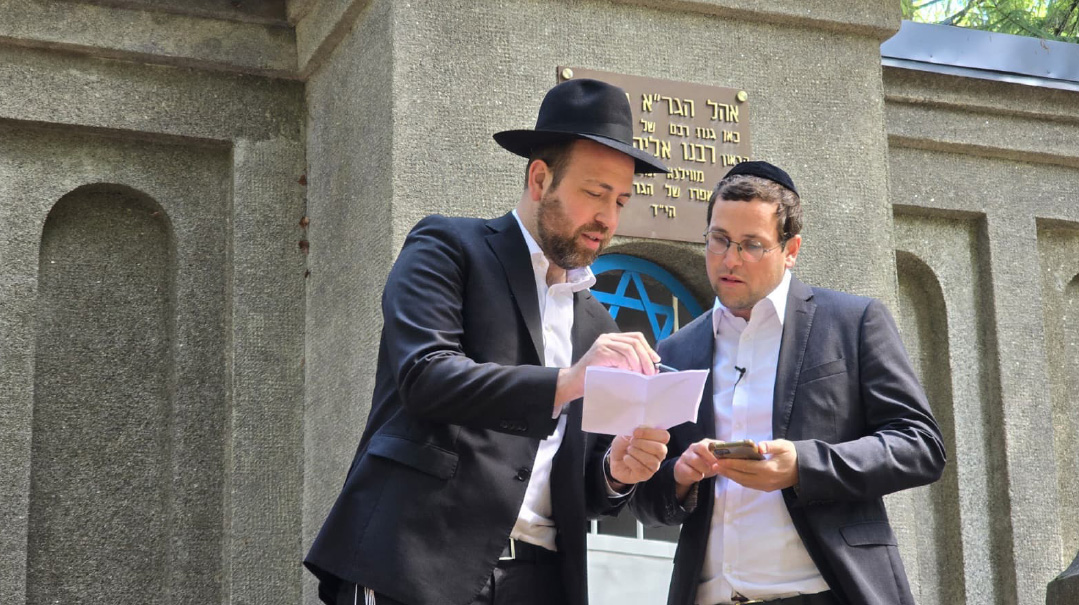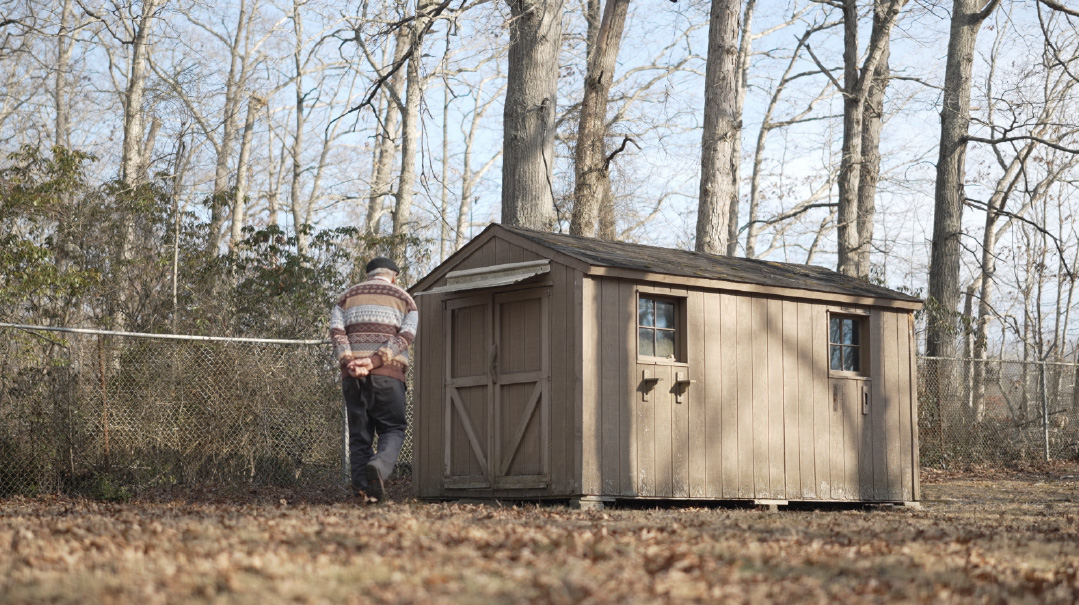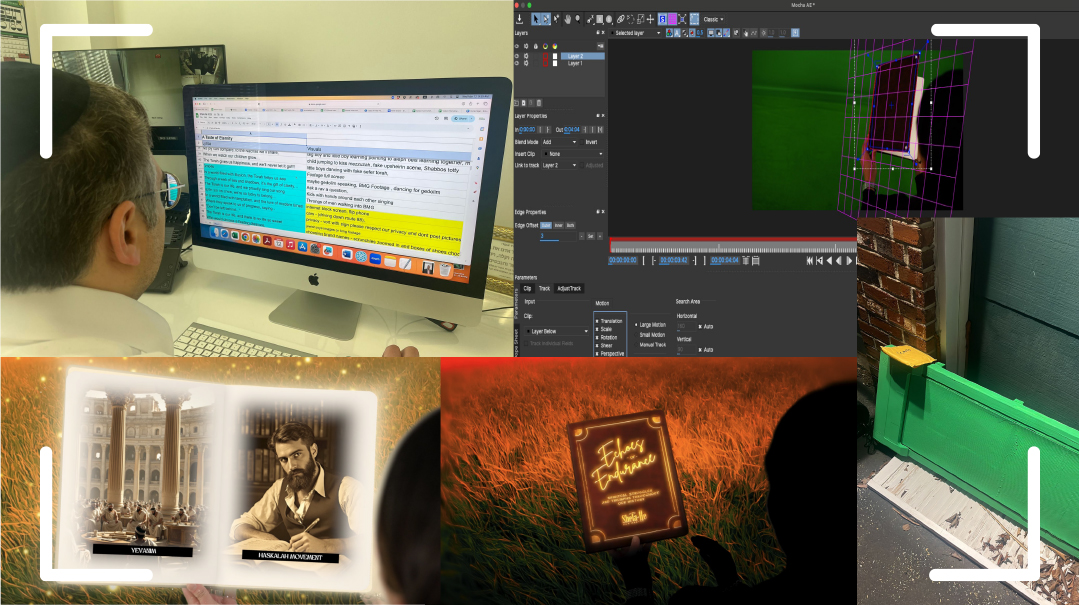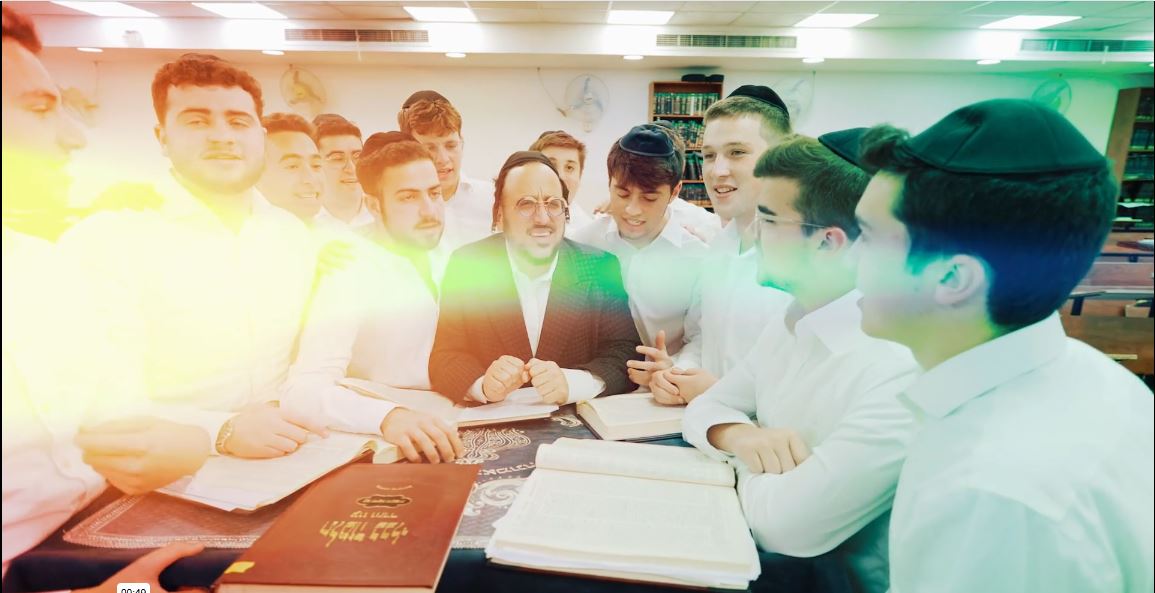Client: Torah Umesorah
| August 29, 2023Our job was to build up the emotional element, thereby encouraging people to open up and share their stories
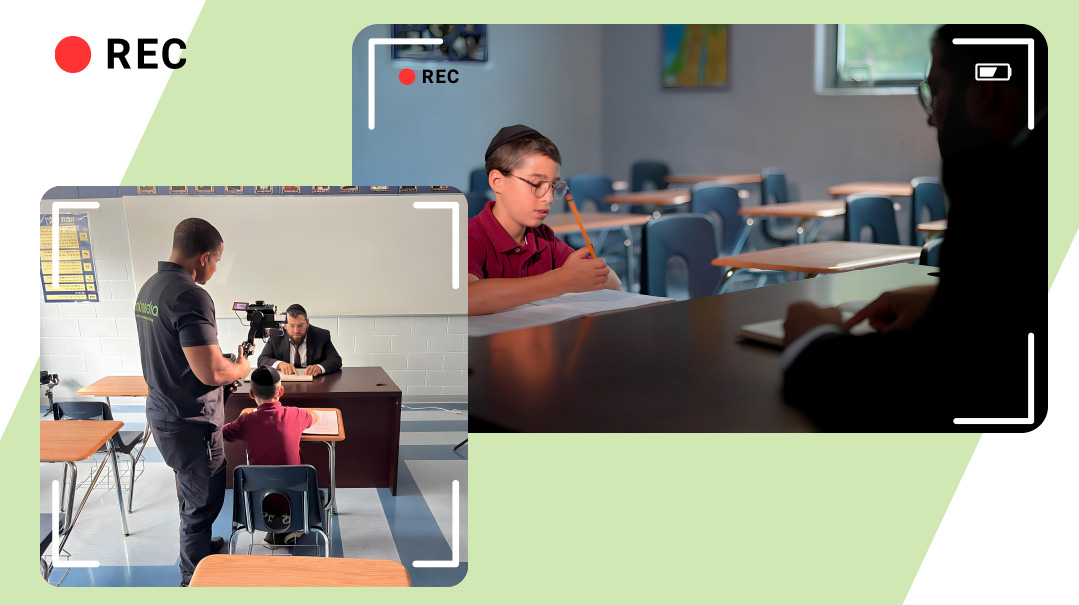
Client: Torah Umesorah
Objective: Create 3 promotional videos
Film locations: Yeshiva Ohr Yehuda, a private home in Lakewood, New Jersey and Bais Yaakov of Clifton, New Jersey
Project Deadline: September 2023
The Proposal
This summer, Mendel Abelsky from the online fundraising platform Charidy asked us to get on board with Torah Umesorah’s upcoming Share Hamaalos campaign. We set up a call with him and Mrs. Goldy Goldberger, the director of Torah Umesorah’s Wolf Brooklyn Teacher Center to discuss the initiative, a forum for the general public to thank Klal Yisrael’s teachers for their work.
Torah Umesorah had already mapped out a script for us with Charidy, who was running the marketing aspect, and Mrs. Goldberger wanted us to create visually compelling scenes. She told us to focus on making the strongest video we could, even if it meant veering off the prepared script, because our job was to build up the emotional element, thereby encouraging people to open up and share their stories.
Pre-Production
I sat with Usher Weldler, who’s been wearing the scriptwriter hat recently, to go over what Charidy had prepared so we could discuss our direction. Their concept was to create parallel scenes of a rebbi and talmid or a morah and talmidah, each one with mirroring lines expressing admiration for the other. For example, a shot of the rebbi davening with the student’s voiceover, “I loved watching him daven,” and then the same thing in reverse, with the student davening and the rebbi’s voiceover saying the same.
We liked the idea of the parallels, but we wanted the focus to stay on the student thanking the rebbi. Usher had actually prepared a full script with parallel lines when inspiration struck.
“What if the talmid is actually the rebbi, so when the rebbi is thanking, he’s really thanking his rebbi?” I mused aloud.
Awkward silence.
Oops! We could not locate your form.

